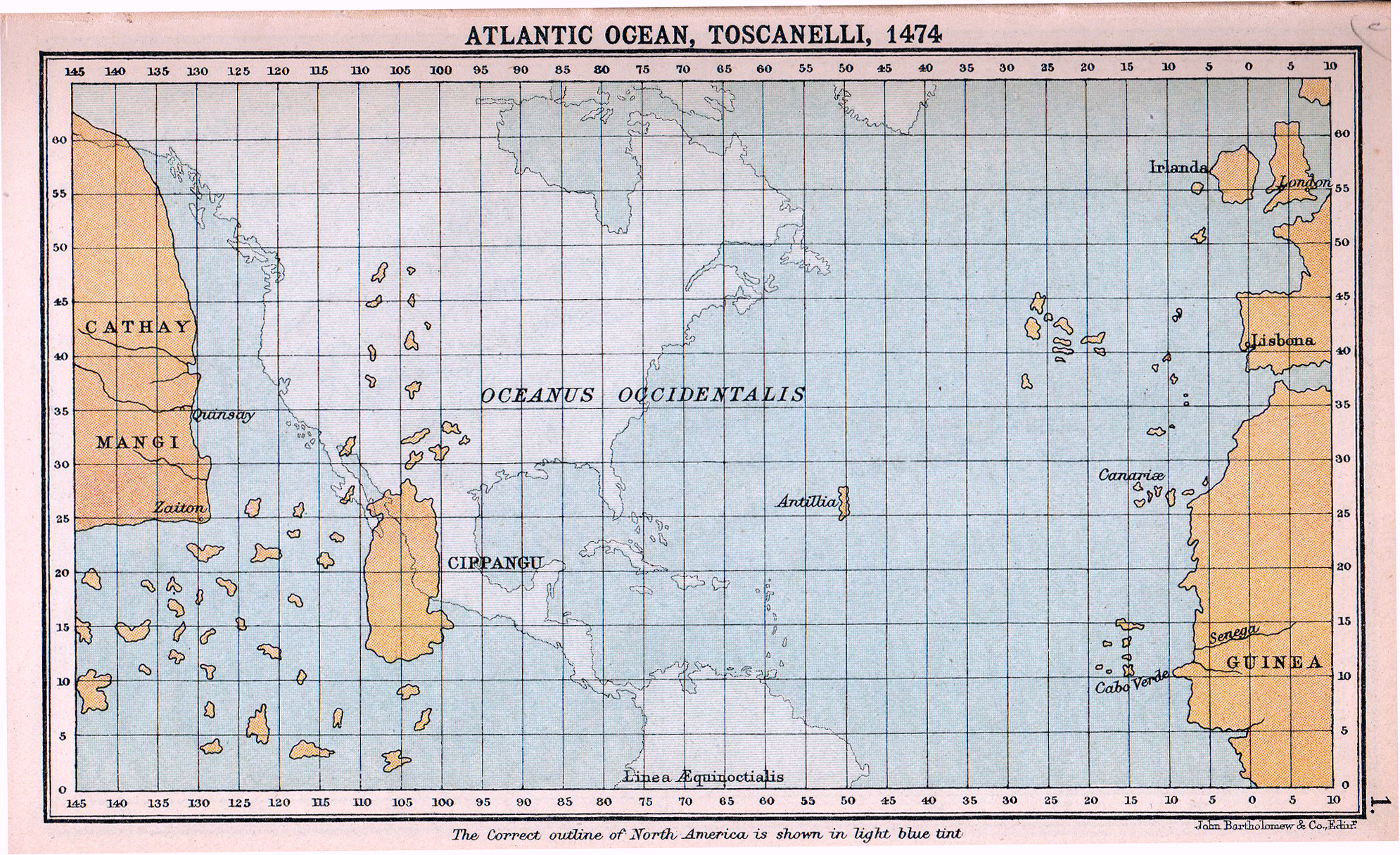
The above map reflects what the world was thinking when Christopher Columbus set out on his voyage to “discover” the New World. That’s kind of like where we are with Autism Spectrum Disorder (ASD). But there are many folks collaboratively engaged – parents, clinicians, educators, advocates, scientists, employers, etc – who are working to add details to the map.
On the first of September researchers at Seattle Children’s and UW published a paper in Autism Research (for link to the paper click here: http://onlinelibrary.wiley.com/doi/10.1002/aur.1690/epdf) that identified a connection between exposure to diagnostic ultrasound in the first trimester of pregnancy is linked to the severity of autism symptoms observed in children diagnosed with autism. This connection was strongest when the children had certain genetic variations associated with ASD (called copy number variants). The paper has received some recent attention in the media so we wanted to take a moment to provide our take on the paper without any spin (important caveat is that this blog author is one of the authors of the paper).
First and foremost, this study does not look at whether ultrasound causes autism or not. That is an important statement that should be clear. The way this study was designed, this question cannot be asked or answered. Second, a key finding in this paper concerns the interaction between the genetic variations identified in the children, ultrasound, and the timing of exposure. The key point of the paper suggests there may be an interactive relationship between genetics and ultrasound exposure and the time of the exposure.
One more quick comment: this is the first paper to describe this interaction between ultrasound, genetics, timing and autism severity and therefore requires replication. However, science requires independent replication. Additional studies are needed and, importantly, should be conducted by different research groups. Independent replication is critical to moving science forward.
So, what should we do with this information? We should put it on our map in pencil. We should consider it one step in our ongoing move toward a better understanding of ASD which we’ll color in a little more with each independent replication (or we can erase it if there isn’t any any replication). We can only keep filling up the landscape if we continue working together knowing that with every study [well, maybe not every study, but most every study ;)] we’re illuminating another piece of the map.